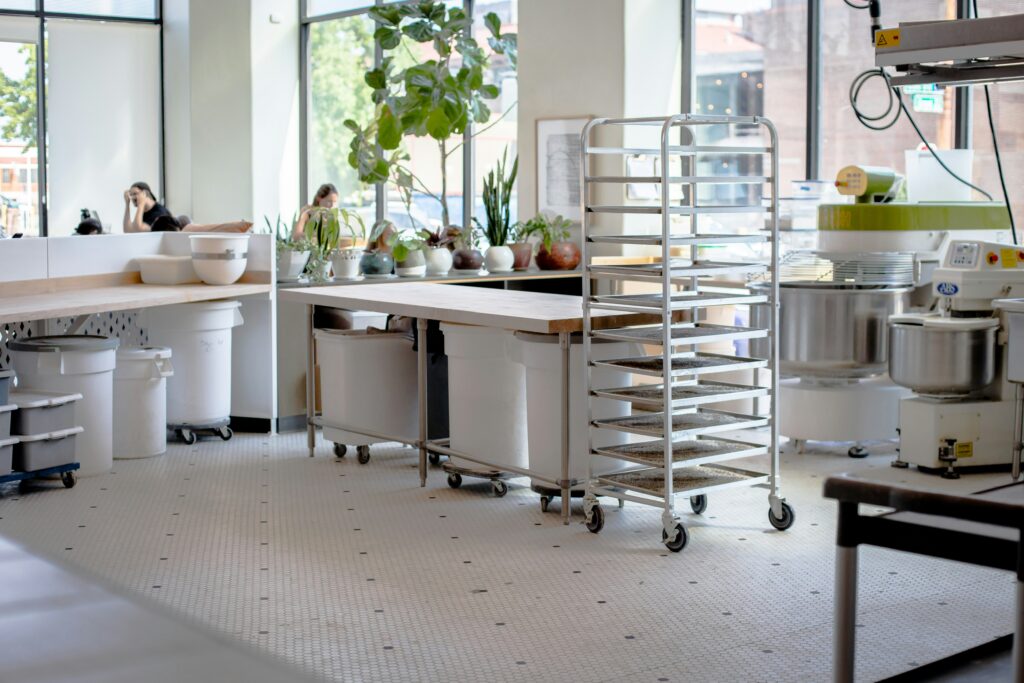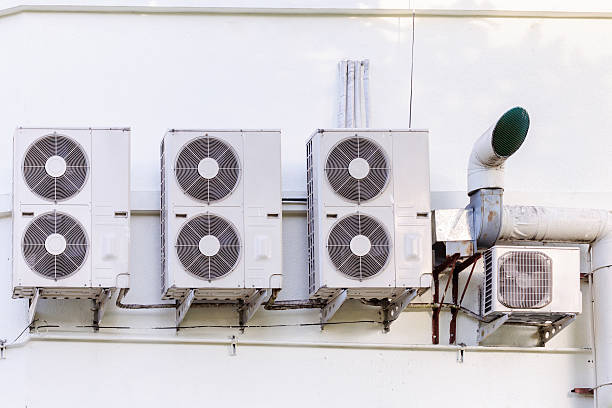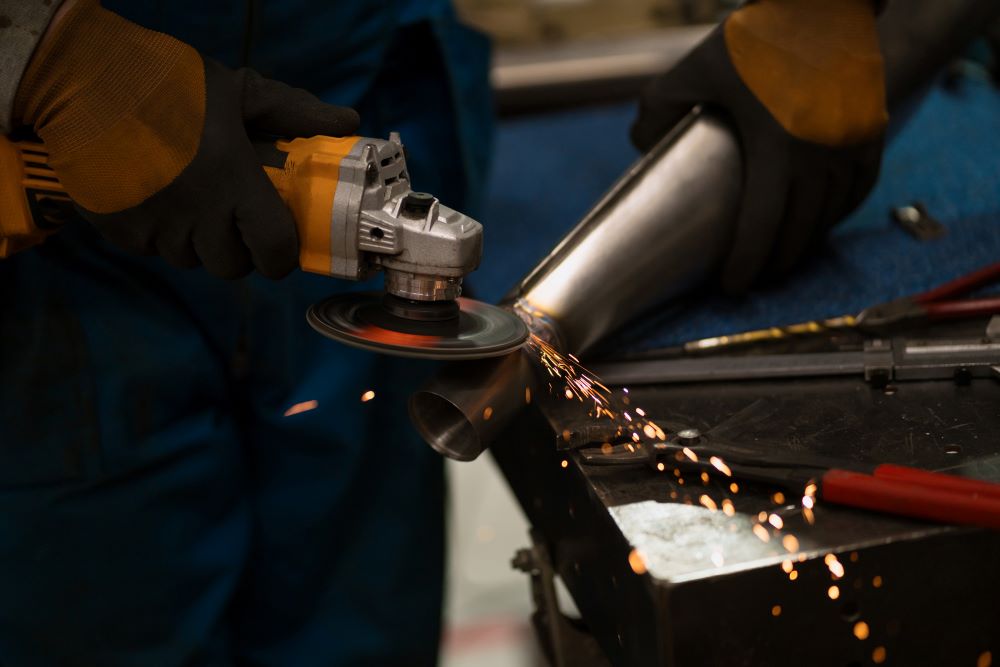Power is the lifeblood of any commercial kitchen. From industrial mixers to professional refrigeration units, every piece of equipment depends on reliable electrical infrastructure. Today, we’ll explore the crucial world of commercial kitchen receptacles, with particular attention to 2.7 kW receptacles and the emerging trend of horizontal plug orientations.
The Power Behind Commercial Kitchens: 2.7 kW Receptacles
Commercial kitchens demand robust electrical systems that can handle professional-grade equipment. At the core of these systems are 2.7 kW receptacles, which offer several key features:
Technical Specifications
These powerful receptacles deliver up to 2,700 watts of power, operating at 240 volts – significantly higher than standard 120-volt household outlets. They typically come rated for either 15 or 20 amps, providing enough capacity to power commercial food processors, professional coffee makers, and other demanding kitchen equipment.
Horizontal Plug Orientation: More Than Just Aesthetics
The horizontal orientation of electrical outlets in commercial kitchens has gained popularity, and for good reasons:
Design Benefits
Modern kitchen designs increasingly favour horizontal outlets for their clean, contemporary appearance. They integrate particularly well with popular design elements like subway tile backsplashes, creating a seamless look that enhances the overall aesthetic.

Practical Advantages
Beyond appearances, horizontal outlets can be particularly beneficial in tight spaces. They often fit more efficiently between countertops and cabinets, maximizing the use of available wall space in busy commercial kitchens.
Safety Standards: Non-Negotiable Requirements
Safety regulations in commercial kitchens are stringent and for good reason. The National Electrical Code (NEC) mandates specific requirements:
GFCI Protection
All 15 and 20-amp, 125-volt receptacles must incorporate Ground Fault Circuit Interrupter (GFCI) protection. This crucial safety feature quickly cuts power when detecting potential electrical hazards, preventing accidents in the moisture and grease-prone environment of commercial kitchens.
Strategic Placement
The NEC stipulates that countertop receptacles must be placed no more than 48 inches apart. This requirement ensures convenient access to power throughout the kitchen while maintaining safety standards.
Maintenance Considerations
Commercial kitchens present unique challenges due to grease accumulation. Outlets need proper sealing and regular maintenance to prevent safety hazards and ensure long-term reliability.
Making the Right Choice for Your Kitchen
When selecting receptacles for a commercial kitchen, consider these essential factors:
Power Requirements
Match your receptacles to your equipment needs. While 2.7 kW receptacles are versatile, verify the power requirements of your specific appliances.
Layout Optimization
Consider your kitchen’s workflow and space constraints when planning receptacle placement and orientation.
Regulatory Compliance
Ensure all installations meet local electrical codes and safety regulations.
Maintenance Protocol
Choose receptacles that are easy to clean and maintain, considering the demanding environment of a commercial kitchen.
Essential Maintenance Tips
Proper maintenance of electrical systems in commercial kitchens is crucial:
Regular Inspections
Conduct monthly visual inspections of all receptacles for signs of wear or damage.
Professional Assessment
Schedule annual professional electrical inspections to ensure continued safety and compliance.
Cleaning Protocol
Implement regular cleaning procedures to prevent grease buildup around electrical outlets.

Final Thoughts
While the choice between horizontal and vertical outlets might seem purely aesthetic, the decision should balance visual appeal with practical considerations. The most critical factors remain power capacity, safety features, and proper installation. Regular maintenance and adherence to safety standards will ensure your commercial kitchen’s electrical system continues to support your culinary operations efficiently and safely.
Remember, a well-planned electrical system is fundamental to a smooth-running commercial kitchen. Whether you’re designing a new space or upgrading an existing one, carefully consider your power needs and safety requirements to create an efficient, safe, and code-compliant kitchen environment.
Looking to upgrade your commercial kitchen’s electrical system? Make sure to consult with licensed electrical contractors who specialize in commercial kitchen installations to ensure all work meets current safety standards and regulations.












